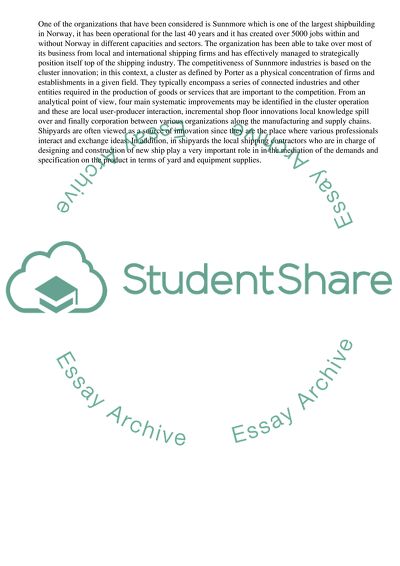Cite this document
(“Regionalization and Innovation: Work and Organisations Essay”, n.d.)
Regionalization and Innovation: Work and Organisations Essay. Retrieved from https://studentshare.org/management/1655169-knowledge-work-and-organisations
Regionalization and Innovation: Work and Organisations Essay. Retrieved from https://studentshare.org/management/1655169-knowledge-work-and-organisations
(Regionalization and Innovation: Work and Organisations Essay)
Regionalization and Innovation: Work and Organisations Essay. https://studentshare.org/management/1655169-knowledge-work-and-organisations.
Regionalization and Innovation: Work and Organisations Essay. https://studentshare.org/management/1655169-knowledge-work-and-organisations.
“Regionalization and Innovation: Work and Organisations Essay”, n.d. https://studentshare.org/management/1655169-knowledge-work-and-organisations.


